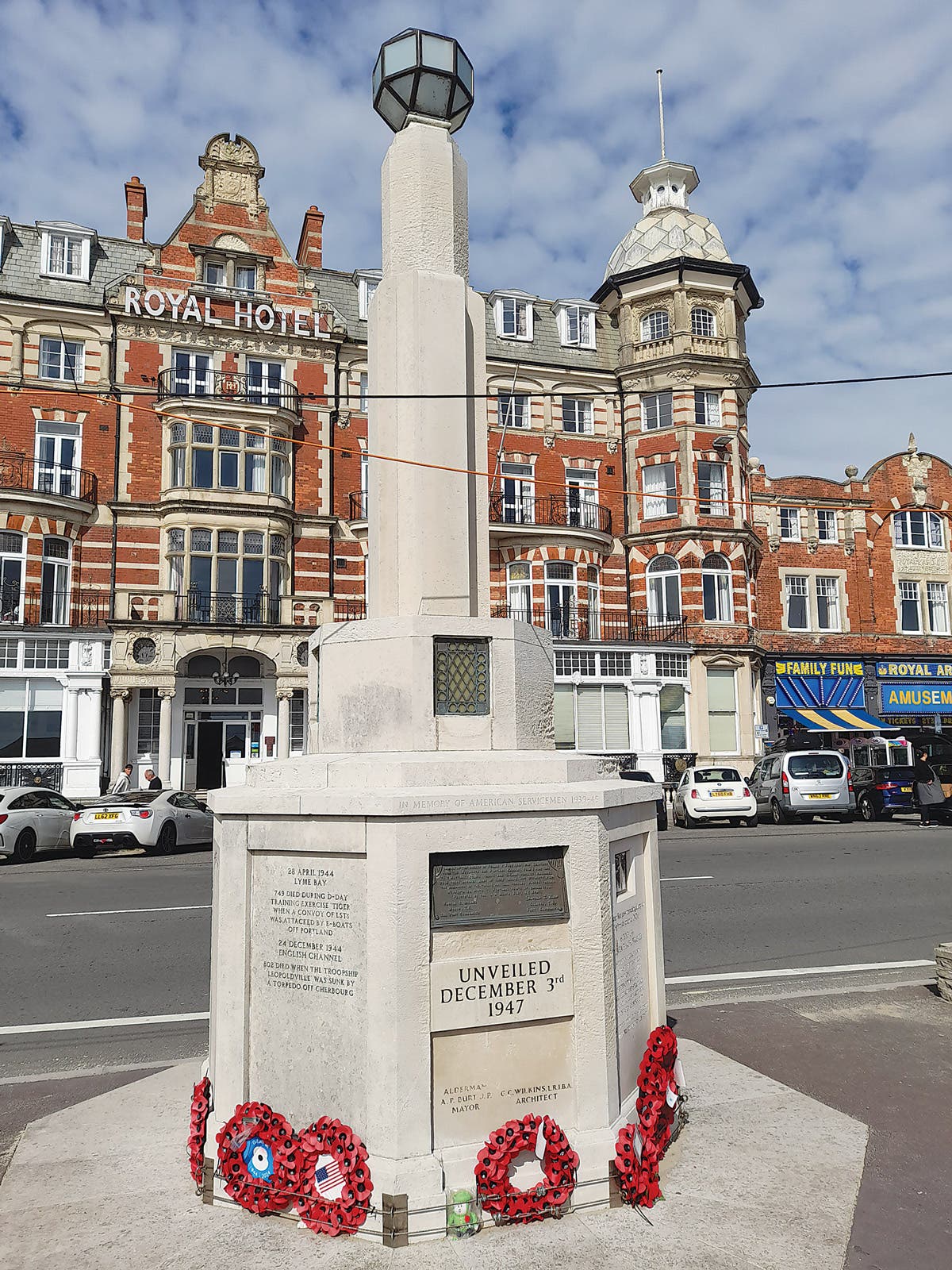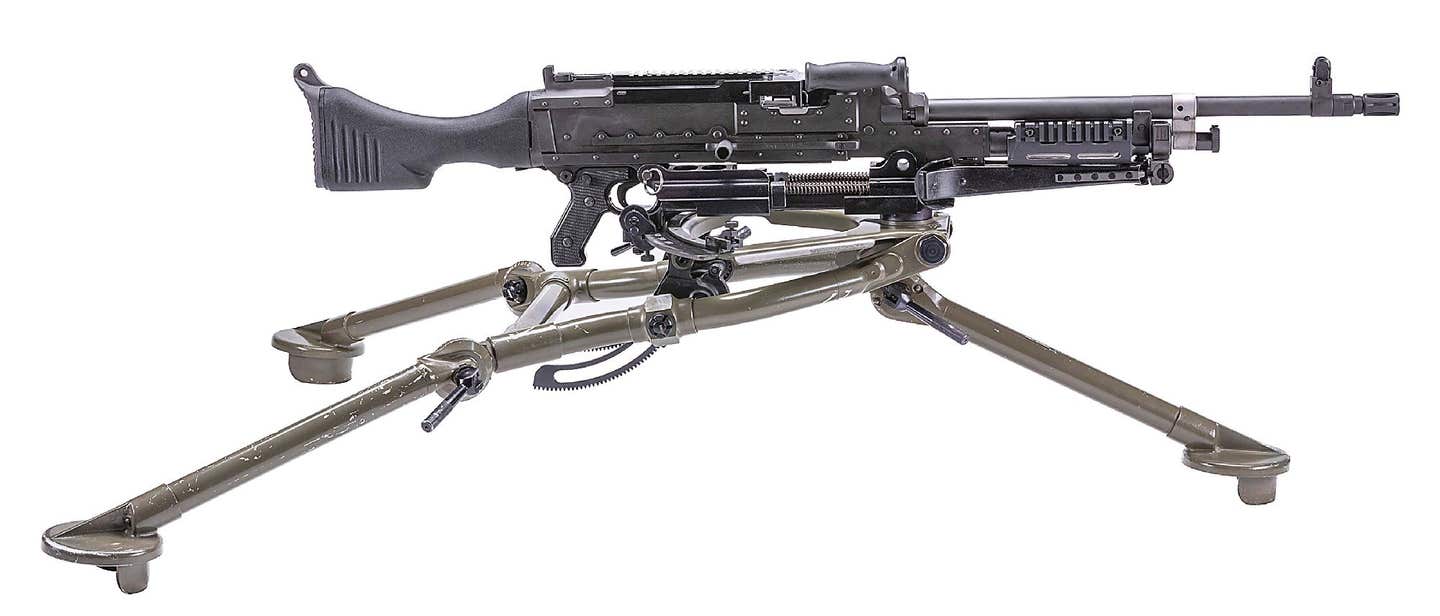Custer attributed elk skin death jacket to hit the auction block
ROCK ISLAND, IL – Blood stained, tattered, and stiff with age the elk skin death jacket attributed to the flamboyant commander of the infamous 7th Cavalry will hit the auction…
ROCK ISLAND, IL - Blood stained, tattered, and stiff with age the elk skin death jacket attributed to the flamboyant commander of the infamous 7th Cavalry will hit the auction block Sept. 15 as part of Rock Island Auction Company’s three-day Premiere Firearms Auction. The pre-auction estimate of the jacket is a conservative $150,000-$300,000.
“While the documentation accompanying the jacket is not a slam dunk, it certainly presents a compelling case,” said Laurence Thomson, a 10-year veteran of the firm and RIAC’s executive director of operations. The associated documentation includes a 1958 dated letter from John Dietzen to Col. Raymond Vietzen in which Mr. Dietzen recalls the family history of the jacket.
“My father brought the coat back from the West when he returned in 1880. He told my mother, and the story was repeated to me in later years, that he had won the coat in a shooting match from a friendly Indian. The Indian was one of those employed by the U.S. Army for Scout work. He told my father that the coat had been taken by Sitting Bull from General Custer who was wearing it at the time he was killed… It is impossible to establish an authentic history of the coat. I have only the above family history and my father’s Army discharge papers which definitely place him in service at the time of General Custer’s death.”
A copy of Joseph Dietzen’s discharge papers included with this lot confirms that he was in the service at the time of Custer’s death in 1876. The letter also states that the Smithsonian Institution was interested in obtaining the jacket, “but at that time no money had been appropriated with which they could buy the coat.” The famous museum was of the opinion that the jacket was “made especially for a white chief by the Indians,” and the floral designs on the coat represented several Native American tribes. As mentioned in an undated newspaper article, the Smithsonian believed that the bands were of the Apache Indians of Arizona and the floral designs were made by Chippewas and Menominees of the Great Lakes region.
The jacket remained in the Dietzen family until 1959 when John Dietzen sold it to Col. Raymond Vietzen, where it was placed in his Indian Ridge Museum in Elyria, Ohio. The museum contents were sold in 1995 when Vietzen died and the jacket was sold to its current owner.
As for the jacket itself, its construction is primarily of elk skin and has been lavishly and colorfully embroidered and fringed. The front and back of the jacket are adorned with a triangular pattern of various colored materials and embroidered with a floral pattern that extends down the sleeves. The triangle inserts appear to be fashioned out of silk and corduroy.
Two bullet holes are visible on the jacket. The first is located on the upper left side of the jackets rear (entry) and exited the front left breast near the heart and has a 3/4 inch diameter circular shaped repair. A second circular shaped repair, nearly 1/2 inch in diameter, is found on the right sleeve, of which both spots exhibit considerable and visible blood staining.
Custer was known for wearing a buckskin coat and trousers while serving out West. The image of the buckskin dressed Custer valiantly fighting to his death in a defensive circular position amongst his beloved and doomed 7th Cavalry has been immortalized in paintings, literature, and over 50 films. It is a well-known fact that Custer owned several buckskin coats. In 1912, Custer’s widow donated one of her late husband’s famous jackets to the Smithsonian Institution where it remains today. But did Custer wear a buckskin jacket on the day he died? Many accounts by Indian warriors who fought at the Little Bighorn told of a death of a buckskin clad officer.
Many assumed that this officer was Custer, but other officers of the regiment also wore buckskins, including Custer’s brother whose mutilated body was stripped of his jacket. White Bull, the nephew of Sitting Bull and one of several men who claimed credit for killing Custer, attested that he shot a buckskin clad officer riding “a fine looking big horse, a sorrel with a blazed face and four white stockings.” Custer was the only officer on a sorrel horse with four white socks and this one detail does suggest that Custer died wearing a buckskin jacket.
With the exception of his socks and the shoe portion of one boot, Custer’s body was stripped naked. The Colonel’s body was found among a group of about 42 dead men, possibly in a defensive posture. By several separate accounts of troopers who surveyed the aftermath of last stand hill, Custer’s body was found with bullet wounds in the temple, left side of his chest, and arm. Note the same bullet wounds in the jacket. Compared to the bodies of his comrades, Custer had been mildly mutilated.
“I can’t tell you how many times in this business we are approached by individuals who claim to own Ben Franklin’s bifocals, Abraham Lincoln’s axe, or General Robert E. Lee’s sword. Rarely do the items even look the part let alone have any documentation or provenance to back up their claim. This jacket is not only of the period and style, but is accompanied by enough evidence to certainly be plausible. Items from the Battle of the Little Bighorn have sold for millions at public auction. Since we cannot say for certain, we want to simply present the facts, and the let buyers make up their own mind,” concluded Thomson.
The Custer attributed jacket will be sold on Sept. 15 as part of Rock Island Auction Company’s three day Premiere Firearms Auction, which also includes an extensively documented Springfield Model 1873 Trapdoor Carbine confiscated by Federal Troops after the Wounded Knee Massacre. This carbine is one of eight such trapdoor carbines recovered after the battle, having been initially procured by Indian warriors after their victory at the Little Bighorn.
For more information about these items or thousands of others, visit www.rockislandauction.com








